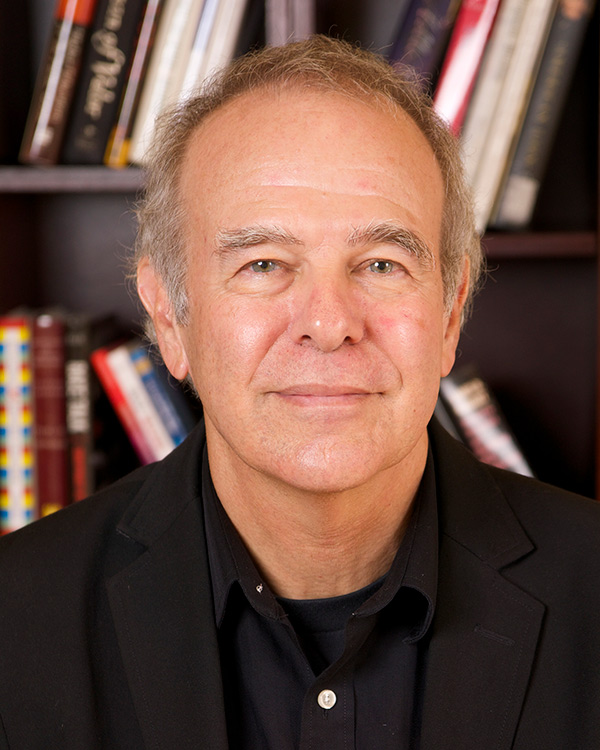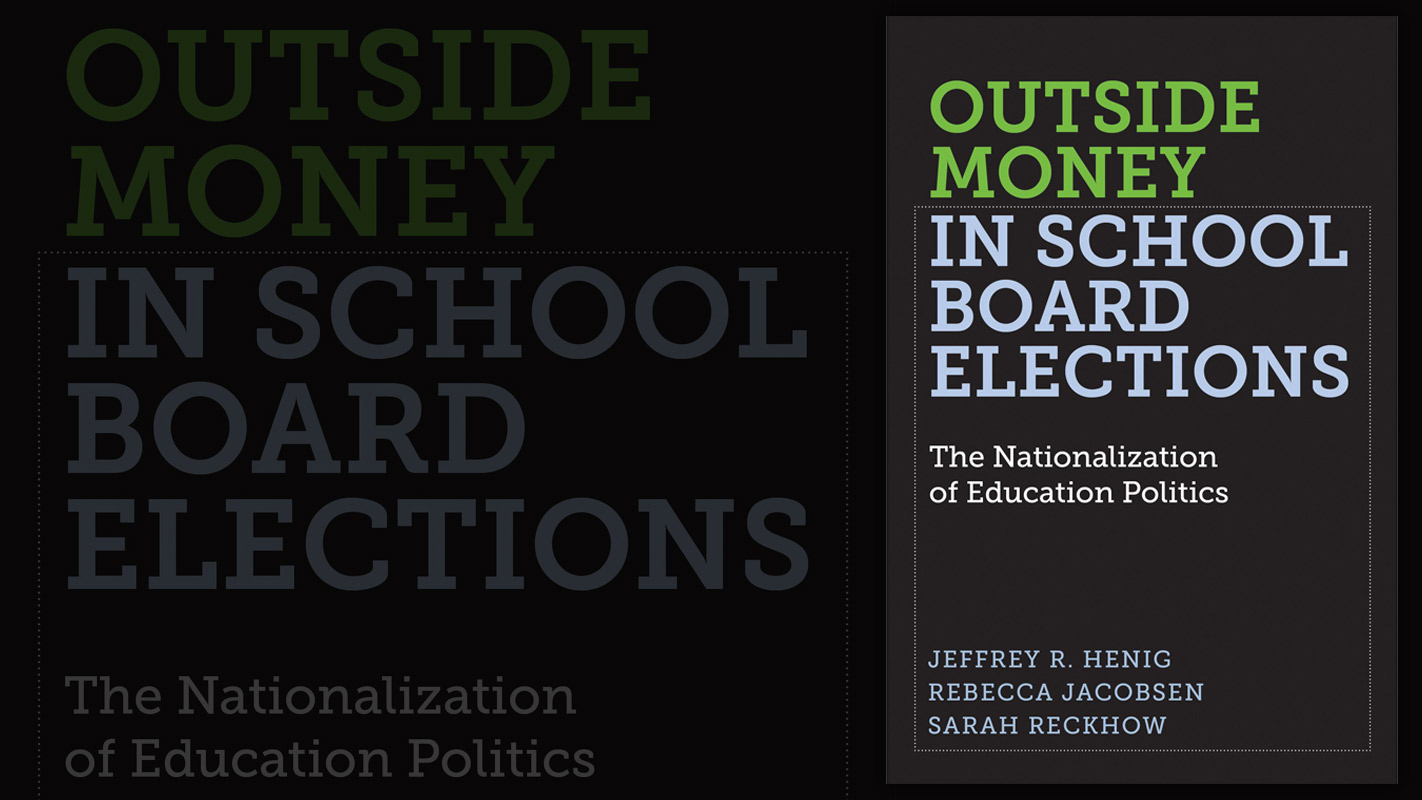Why are the likes of Michael Bloomberg, Eli Broad, Alice Walton and LinkedIn founder Reid Hoffman backing local school board candidates? “National and local actors” are increasingly forming “alliances around competing visions of what schools should be,” report TC political scientist Jeffrey Henig and Michigan State University’s Rebecca Jacobsen (Ph.D. ’07) and Sarah Reckhow in Outside Money in School Board Elections: The Nationalization of Education Politics (Harvard Education Press 2019).

PARSING THE NUMBERS Henig and his coauthors analyzed thousands of campaign contributions in five cities.
The wealthiest 0.01 percent of voters made 40 percent of all campaign contributions in 2012 (nearly triple their 1980s share). In education, they are targeting predominantly nonwhite, high-poverty districts, often championing school choice, test-based accountability and mayoral control. In board elections in five cities – Los Angeles, Denver, Indianapolis, New Orleans and Bridgeport, Connecticut – Outside Money finds, out-of-state donors made less than 8.5 percent of 10,000 contributions made by individuals, but accounted for 22 percent of all dollars. A group of 30 wealthy individuals played “an outsized role.” (In Denver's 2013 school board election, Bloomberg was the largest single donor.)
“National and local actors” are increasingly forming “alliances around competing visions of what schools should be.”
“Most people don’t even know who is on their local school board or city council,” Jacobsen, a former TC student of Henig's, said in an article that ran on the Michigan State University site. “And yet, we saw a lot of money pouring into school board elections.
What's the impact? Wealthy reformers don’t always win; teacher unions, too, have money and muscle; and connection to local voters is key. But highly polarized, ideological national debates may infiltrate local politics, obscuring other issues citizens care about and reducing the room for pragmatic problem-solving.
